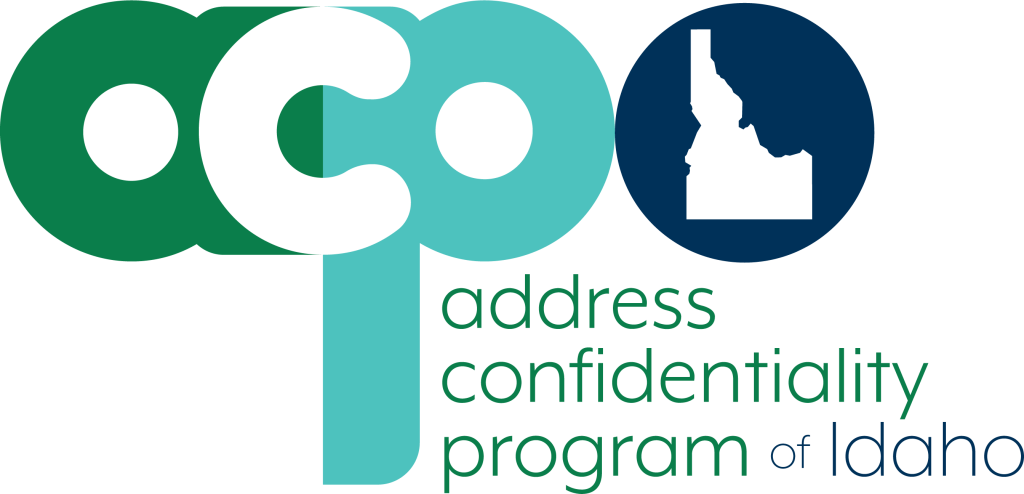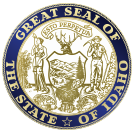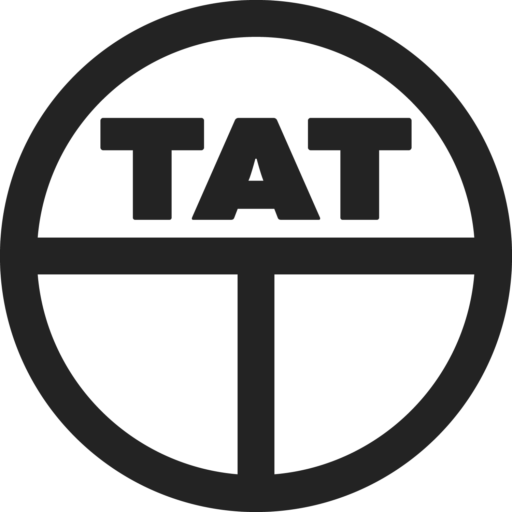Learn Something
Idaho Businesses Against Trafficking
On this page:
What Is Human Trafficking?
Human trafficking involves the use of force, fraud, or coercion in exchange for labor, services, or a commercial sex act.
- Causing someone under the age of 18 to engage in a commercial sex act, regardless of using force, fraud, or coercion is human trafficking under U.S. law. Human traffickers use various forms of force, fraud, and coercion to control and exploit victims. These forms include imposing debt, fraudulent employment opportunities, false promises of love or a better life, psychological coercion, and violence or threats of violence.
- The crime of human trafficking hinges on the exploitation of another person. People often falsely believe “human trafficking” implies victims must be moved from one place to another to qualify as a victim. Human trafficking does not require transportation to be considered a crime. It is a crime that can be committed against an individual who has never left his or her hometown.
Who Are The Victims?
Human trafficking victims can be anybody. In many cases, victims do not come forward to seek help because they are vulnerable, potential language barriers may exist, they have a fear of law enforcement, or they do not identify as victims.
Human traffickers exploit many vulnerabilities to victimize people. Vulnerabilities for children can include a lack of safety at home from violence, abuse, and neglect; homelessness or runaway status; and a lack of proper care in the child welfare system. Other vulnerabilities for adults and children can include having a lack of trust in government institutions, economic hardship, isolation from family and/or community, and displacement from natural disasters.
Victims are found in legitimate and illegitimate industries, including primarily:
- Sex Trafficking: escort services, illicit massage services, outdoor sexual solicitation, residential brothels, bars and strip clubs, pornography production, personal sexual servitude, and livestreaming of sexual exploitation.
- Forced Labor: domestic work (such as housekeepers), traveling sales crews, restaurants, peddling and begging, agriculture (field/farm work), beauty services, construction, hotels, landscaping, entertainment, commercial cleaning services, manufacturing, fishing, mining, carnivals, forestry, healthcare, recreational facilities, and even criminal enterprises (such as illicit drug dealing).
MINORS
- Is someone under the age of 18 engaged in a commercial sex act?
- Causing someone under the age of 18 to engage in a commercial sex act, regardless of using force, fraud, or coercion, is human trafficking under U.S. law.
Industry Professionals
Several industries are uniquely positioned to recognize human trafficking in Idaho. Below are some partner resources for convenience retail, transportation, and hospitality industries that can help educate employees on how to recognize and report human trafficking at work.
Hospitality Industry
Hospitality industry professionals play an important role because they regularly interact with guests and the greater public in general. They may have employees, coworkers, or subcontractors who are victims of forced labor. Hotels and motels are major locations where traffickers force sex trafficking victims to provide commercial sex to paying customers, or when transporting victims to new locations.
Transportation Industry
Human traffickers often use planes, trains, and ships to transport victims, hiding them in plain sight. Transportation industry employees are the eyes and ears on the highways, in the air, on railways, and at sea.
They play an important role because they regularly interact with members of the traveling public and may be able to recognize signs that someone is in danger.
Industry Toolkits
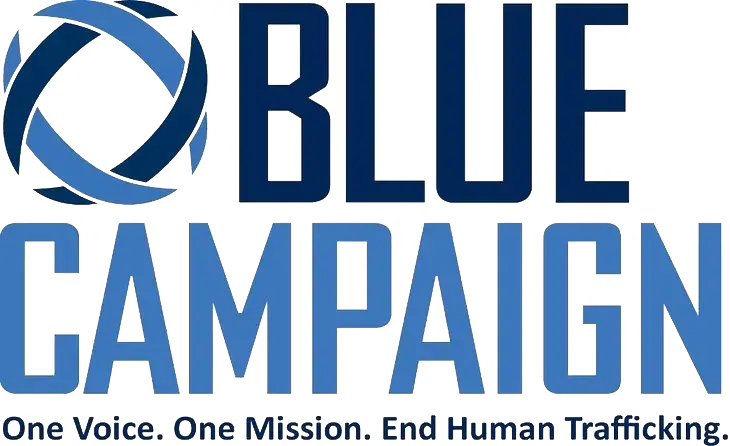
The Blue Campaign has created various toolkits that provide information on recognizing and reporting suspected incidents of human trafficking.
Trucker’s Against Trafficking Awareness Guide
This safety briefing for truck stops and travel centers is a tool general managers can use to educate their employees about human trafficking and how to respond. It can be completed in five or eleven minutes.
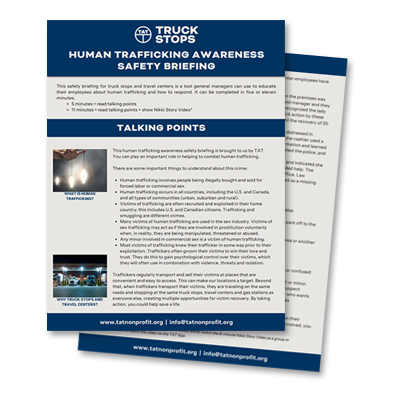
Our Partners
Department of Homeland Security’s Blue Campaign
The Blue Campaign, created by the Department of Homeland Security in 2010, focuses on the prevention of human trafficking and the protection of exploited persons. They provide free materials and trainings that are both generalized and industry specific. What Is Human Trafficking? Blue Campaign Learning Center
Idaho Anti-Trafficking Coalition
The mission of Idaho Anti-Trafficking Coalition is to work alongside community members in providing awareness, education, services, and safe housing for victims of human trafficking. Working in Our Communities Anti-Trafficking ResourcesTruckers Against Trafficking
Truckers Against Trafficking (TAT) exists to educate, equip, empower, and mobilize members of the trucking, bus, and energy industries to combat domestic human trafficking as part of their everyday jobs. TAT provides free educational materials and training for the transportation industry.
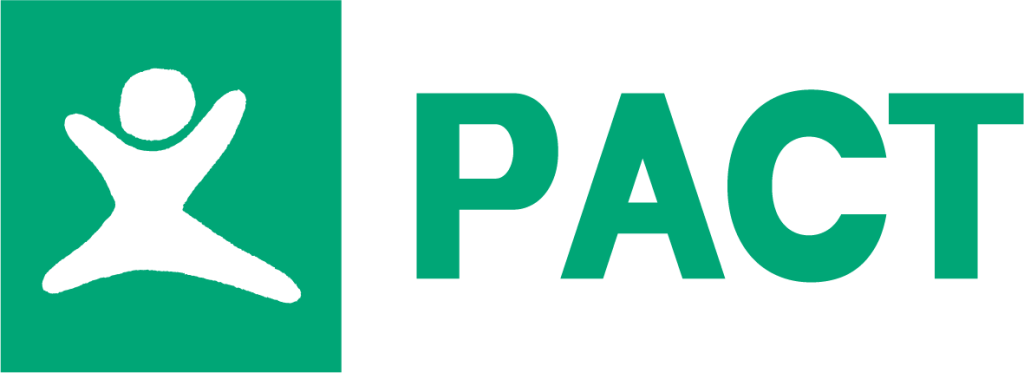
PACT – Protect All Children from Trafficking
PACT protects every child’s right to grow up free from child sexual exploitation and trafficking through education, legislative advocacy, and partnerships. They empower youth and communities, advocate for policy change, and develop strong and sustainable partnerships to educate and raise awareness on child trafficking. PACT’s Mission Free Hospitality & Travel Industry TrainingAddress Confidentiality Program of Idaho
When individuals move to a new location to escape domestic violence, sexual assault, stalking, malicious harassment or human trafficking, the ACP helps keep their new address confidential through the use of a mail-forwarding service and substitute address.
We are here to help survivors and their loved ones be safe in their new homes.
